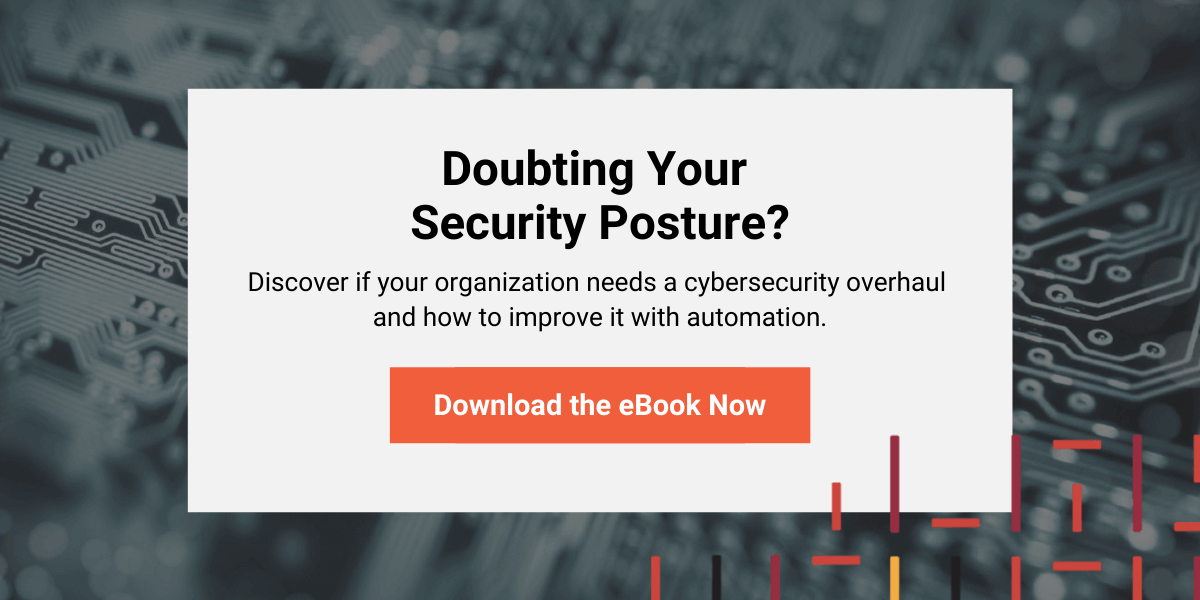When the fallout from the massive Equifax breach settled, the breach occurred because they failed to follow basic policies and procedures. As a result, millions of lives were disrupted and negatively impacted - and it didn’t need to happen.
Do you know all aspects of your cybersecurity policy and what’s in it? Is it being followed? Do you feel it is making your organization better prepared for threats?
Cybersecurity policies and procedures are the very core of your organization's threat preparedness. They explain the rules on how people working for your organization should use and access the company’s network and resources, and how they should process and send data.
These policies are critical because insiders cause 43% of data loss, and about half of these are by accident.
Policies and procedures that are not well designed leave your company at risk. Here are some reasons why many cybersecurity policies are not as effective as their creators intended them to be:
1. Cybersecurity guidelines are often not well defined.
For a cybersecurity policy to be effective, it needs to be tailored to the needs of that organization and clearly define the response process to the specific situation. If your policy was copied from another company, it may not reflect your own conditions and confuse readers or be too vague to add real value.
When a cybersecurity policy is custom-created and well defined, employees can understand it easily, increasing the likelihood of adhering to it.
2. The cybersecurity policy rules are not properly enforced or reinforced.
Even the best policy is nothing if it’s not being adhered to by employees. But for everyone to follow it, the consequences of not doing so must be clearly stated and reinforced. Tracking adherence to your cybersecurity policy lets employees know the impact on the organization if they don’t follow the rules.
In addition to enforcing the rules of the policy, it’s important to continually reinforce them to keep security top of mind, organization-wide. Consider sending out reminders of your policy after terms are violated or highlight specific parts of the policy whenever relevant. For example, the holiday season is the perfect time to remind users of your remote security policies when taking devices home over the break. In addition, phishing, smishing, and other social engineering tactics increase during the holidays as more people are expecting order and delivery notifications.
3. There is not enough training or only training for certain employees.
It is much easier to adhere to certain procedures if you understand them, which is why effective training is so important: it allows people to see what’s behind the “boring” policy and realize the impact of not following the rules. Therefore, your teams need to understand the “why” behind the training, which is the first step to a successful security awareness program.
If your teams do not feel they can live up to your policy because it is confusing or overwhelming, provide them the insight they need to uphold their role in your security posture successfully.
If you do roll out cybersecurity awareness training, it’s essential not to neglect any departments. Additionally, consider tailoring topics to the group to make the content more relevant. For instance, your accounting department training should include content on invoice scams.
4. The policy is not regularly updated.
Just as the cyberthreat landscape is ever-changing, your cybersecurity policy should also continually evolve. Policies should be reviewed and updated at least once a year and additionally evaluated as significant threats emerge. You should adopt best practices and keep your entire organization up to date on these changes. Frequently revisiting your policy as new information arises can ensure there are fewer gaps in your security.
5. Your organization lacks a formal incident response plan.
The ultimate responsibility of the security policy is to guide how to respond to an incident. The reality is, it is a matter of when, not if, your organization will be breached in some fashion. Therefore, it is critical to have a comprehensive incident response plan which outlines roles and responsibilities for how to respond to a breach, should it happen. In addition, your policy must be evangelized and tested so your organization knows how to identify, respond, and recover from a possible cyberattack.
Making Your Policy More Effective
If you feel any of the points above describe your organization, your cybersecurity policy and supportive infrastructure need an overhaul. Policies alone won’t stop breaches. You need a better view of the potential gaps in your security posture.
Automation is a key differentiator that helps you monitor security alerts and provides rapid detection, investigation, analysis, and remediation guidance.
Would you like to learn more? Download our 4 Warning Signs Your Cybersecurity Needs an Overhaul & How to Fix It eBook to identify and solve your organizational vulnerabilities through the power of automation.
If you are keen to chat about your cybersecurity policy, get in touch.

